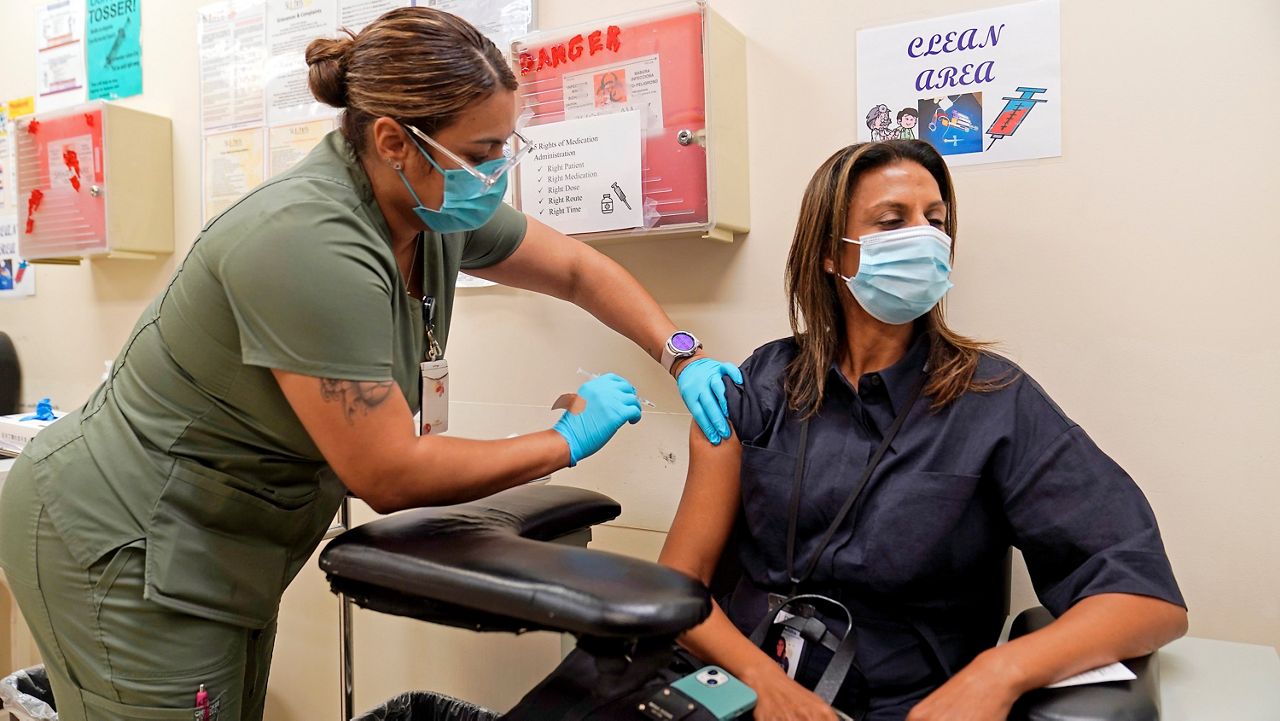The percentage of New Yorkers lacking health insurance was cut by more than half from 2010 through 2021, though coverage disparities persist among the state's Black, Asian and Latino populations, but also for moderate-income households, according to an analysis released Wednesday by state Comptroller Tom DiNapoli.
The percentage of state residents without health insurance dropped to 5.2% in 2021 from 11.9% in 2010, and came in below the 2021 national average of 8.6%, according to DiNapoli.
The state had the 10th lowest rate of uninsured people in 2021, according to the latest available U.S. Census Bureau data.
Three percent of white New Yorkers in 2021 did not have insurance, compared to 10% of Hispanic and 6% of Black and Asian New Yorkers, while the highest uninsurance rates were in households with incomes between $25,000 and $49,000, the analysis concludes.
DiNapoli credited the lower rates of uninsured people to higher enrollment in public health insurance programs, which he said provided coverage to 40% of New Yorkers in 2021. He said the rates of New Yorkers enrolled in Medicaid increased to 27.7 from 20.2% over the 11 years, and surpassed national Medicaid enrollment rates every year.
“Public policies over the last decade have had a significant impact in reducing the number of uninsured New Yorkers,” DiNapoli said. “As the state begins reprocessing eligibility determinations for public health insurance, continued transparency and reporting will be essential for understanding the implications for coverage rates among New Yorkers of all races and ethnicities and on the state’s budget.”



